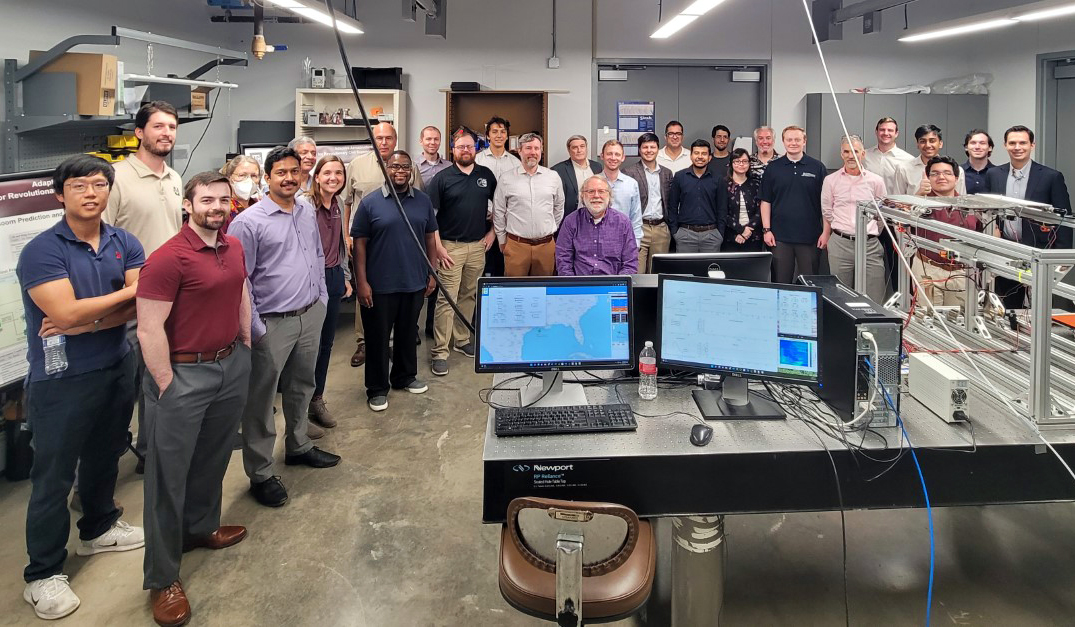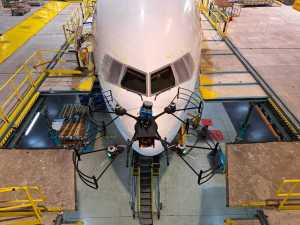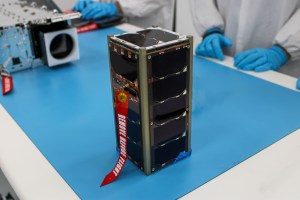Editor’s Note: This interview, which was edited for brevity and clarity, helps mark the conclusion after five years of the first round of research by teams participating in NASA’s University Leadership Initiative (ULI). Learn more about ULI’s first round here.
Adaptive Aerostructures for Revolutionary Civil Supersonic Transportation, led by Dimitris Lagoudas, aerospace engineering professor at Texas A&M University, researched how to make changes in the shape of an aircraft structure in real time to allow for quiet supersonic flight with changing weather, contributing to NASA’s mission to enable commercial supersonic flight over land.
Researchers experimented with the use of advanced technology such as computational fluid dynamics and shape-memory alloys.
Why did you choose to propose to ULI? It’s not a typical grant.
ULI was the perfect opportunity for our team to collaboratively apply its collective knowledge on pioneering approaches for adaptive structures to meet the grand challenge of quiet supersonic civil air transport.
What did your research accomplish? Was it what you expected from the start?
From the start of the project, our goal was to develop new concepts for a quiet morphing supersonic civil transport that will enable flight over cities and inhabited areas without a loud sonic boom. We achieved this goal – and our work will contribute to the development of fast and quiet skyways for supersonic vehicles to fly around the globe in a fraction of the time it currently takes.
How did your students contribute?
Students contributed by working in multidisciplinary and multi-university teams, as well as working with our industry partners. All research teams had both graduate and undergraduate students involved, continuing virtually during COVID, and heavily engaging with the final demonstration of the project. Many students were also involved in capstone projects and with mentors in yearlong directed studies.
What was the coolest surprise along the way?
We’ve had a few cool surprises. Firstly, we were able to transition to flight testing, which is being currently planned. Secondly, one of the partner schools [on our team] held a retreat in the final year of the program, which revealed strong connections and interest in continuing collaborations. Thirdly, the engagement of the team’s advisory board improved mentoring of students and resulted in a successful ULI overall.
Following ULI, what comes next?
We’re extending of similar concepts developed for supersonic vehicles to other adaptive morphing systems, especially for hypersonic applications. Also, collaborations will continue further developing shape-memory alloy active materials, sensors, models and numerical tools in several different areas.


































